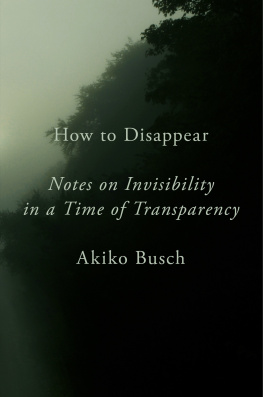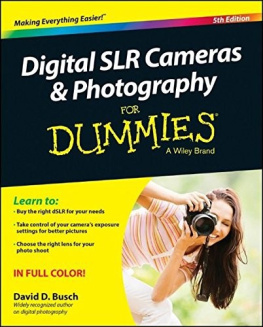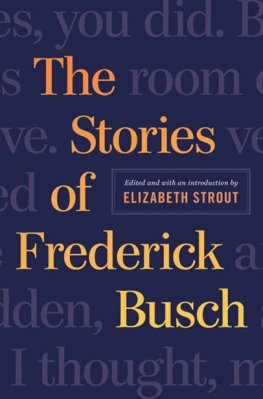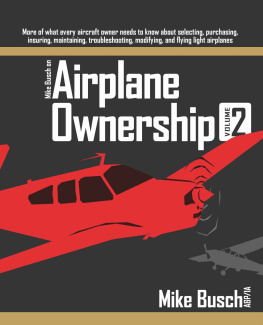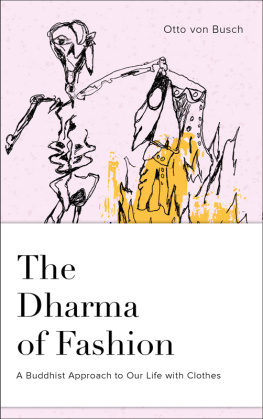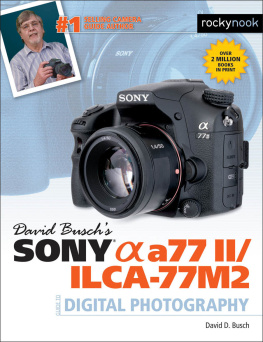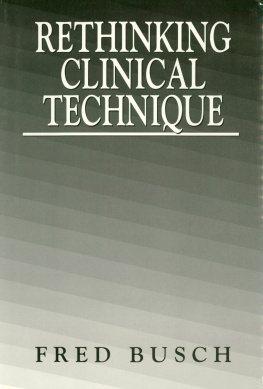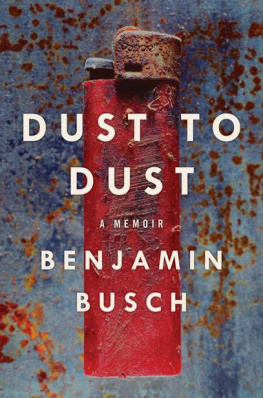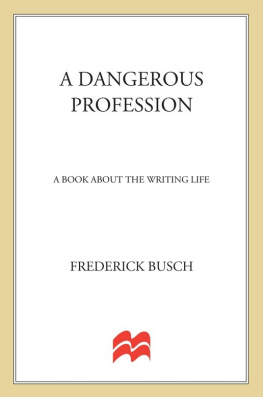The Tale of the Allergists Wife and Other Plays
The Tale of the Allergists Wife and Other Plays
CHARLES BUSCH
Vampire Lesbians of Sodom
Psycho Beach Party
The Lady in Question
Red Scare on Sunset
The Tale of the Allergists Wife

The collection copyright 2001 by Charles Busch
Introduction copyright 2000 by Charles Busch
Vampire Lesbians of Sodom 1985 by Charles Busch
Psycho Beach Party 1988 by Charles Busch
The Lady in Question 1989 by Charles Busch
Red Scare on Sunset 1991 by Charles Busch
The Tale of the Allergists Wife 1999 by Charles Busch
All rights reserved. No part of this book may be reproduced in any form or by any electronic or mechanical means, including information storage and retrieval systems, without permission in writing from the publisher, except by a reviewer, who may quote brief passages in a review. Any member of educational institutions wishing to photocopy part or all of the work for classroom use, or publishers who would like to obtain permission to include the work in an anthology, should send their inquiries to Grove/Atlantic, Inc., 841 Broadway, New York, NY 10003.
CAUTION: Professionals and amateurs are hereby warned that performances of Vampire Lesbians of Sodom, Psycho Beach Party, The Lady in Question, Red Scare on Sunset, and The Tale of the Allergists Wife are subject to a royalty. They are fully protected under the copyright laws of the United States, Canada, United Kingdom, and all British Commonwealth countries, all countries covered by the International Copyright Union, the Pan-American Copyright Convention, the Universal Copyright Convention, and the Berne Convention, and all countries with which the United States has reciprocal copyright relations. All rights, including professional/ amateur stage rights, motion picture, recitation, public reading, radio broadcasting, television, video or sound taping, all other forms of mechanical or electronic reproduction, such as CD-ROM, CD-I, DVD, information storage and retrieval systems and photocopying, and rights of translation into foreign languages, are strictly reserved. In their present form the plays are dedicated to the reading public only.
The stock and amateur live stage performance rights to Vampire Lesbians of Sodom, Psycho Beach Party, The Lady in Question, Red Scare on Sunset, and The Tale of the Allergists Wife are controlled exclusively by Samuel French, Inc. No professional or nonprofessional performance of the play may be given without obtaining in advance the written permission of Samuel French, Inc., 45 West 25th Street, New York, NY 10010, and paying the requisite fee, whether the play is presented for charity or gain and whether or not admission is charged.
Stock and amateur royalty quoted on application to Samuel French, Inc.
First-class professional applications for permission to perform the plays in this volume, and for those other rights stated above, must be made in advance to Jeff Melnick/Marc H. Glick, c/o Glick and Weintraub, P.C., 1501 Broadway, Suite 2401, New York, NY 10036.
Published simultaneously in Canada
Printed in the United States of America
Library of Congress Cataloging-in-Publication Data
Busch, Charles.
The tale of the allergists wife, and other plays / Charles Busch.
p. cm.
Contents: Vampire lesbians of SodomPsycho beach partyThe lady in question
Red scare on sunsetThe tale of the allergists wife.
eBook ISBN-13: 978-0-8021-9641-5
I. Title.
PS3552.U813 T3 2001
812.54dc21 00-048376
Grove Press
841 Broadway
New York, NY 10003
Distributed by Publishers Group West
www.groveatlantic.com
08 09 10 11 12 10 9 8 7 6 5 4
Always to Aunt Lil
INTRODUCTION
I was never in a school play, and for a good reason: I couldnt remember a line of dialogue. I nearly hyperventilated the moment I hit the stage. It was because I loved it too much. To be up there was almost too magical to imagine. Ever since the age of seven, when I was taken by my father to the old Metropolitan Opera House to see Joan Sutherland in La Sonnambula, Ive been obsessed by the image of that magnificent redheaded lady drifting ethereally through a painted nineteenth-century landscape. Its not unfair to say that my entire career has been an attempt to re-create that first impression.
I was desperate to be a child star, only there was no one willing to exploit me. I went so far as to send a snapshot of myself to the producers of the film version of Oliver, offering my services for the title role. Growing up in Manhattan was helpful. Sometimes after school, Id go to the Palace Theatre and persuade the stage doorman to let me go onstage. I cant even imagine what old Pops thought of this fragile twelve-year-old boy belting out The Man That Got Away.
All but one of the plays in this volume were written to allow me to be up there. I started out as a performer who needed lines to say and, through necessity, grew to be a writer. Along the way, I discovered that the pleasure I derived from writing nearly equaled the joy I received from being onstage. From 1984 through 1991, I was the leading lady and playwright-in-residence of Theatre-in-Limbo. We were very much a throwback to the acting troupes of the nineteenth century. Considering that the group was assembled merely on the basis of who was available and willing to work for free, it was rather remarkable that each of us filled a very specific role in the traditional stock company. Arnie Kolodner was the handsome stalwart leading man. Ken Elliott, our director, played the effete villains. Theresa Marlowe was always the ingenue. Andy Halliday was our character man, Julie Halston the comic soubrette, Bobby Carey the juvenile, Meghan Robinson the dark villainessand I was the leading lady, a Sarah Bernhardt of Avenue C.
The advantage of writing play after play for an ensemble is that youre never facing a blank page. There are so many givens to constructing a plot. There must be a role for everyone in the company. The playwright has to take into consideration everyones strengths and weaknesses. If an actor played a small role in the last play, hes owed a better opportunity in the next. In Theatre-in-Limbo, if an actor was in drag in the last play, he might feel the need to butch it up in the next. My early plays were Chinese puzzles constructed of promises and budgetary considerations. The style of the plays was dictated by our performing venue. The Limbo Lounge was an art gallery/after-hours bar (sans liquor license)/performance art space. There were actually two Limbo Lounges that we performed in. The first was a small floor-through on Tenth Street off First Avenue. Several months after our first show, the Limbo Lounge moved to a large garage on Ninth Street between Avenues B and C. It was impossible to store scenery or costumes in either place, so I wrote plays that required no set and collected shopping bags to schlep the costumes back and forth.
When I say no set, I mean an empty stage, no furniture. These were stand-up plays. I learned a great deal about doling out exposition. In the first few lines of every scene, I had to make perfectly clear the location and time, and in an unobtrusive and entertaining manner. Our acting style was also affected by the venue. A large percentage of the audience was standing and drinking Rolling Rock beers. To command their attention, we had to be highly energized and emotionally intense. This fit perfectly with my perversely French fin de sicle melodramatic aesthetic. Indeed, two of our shows,


